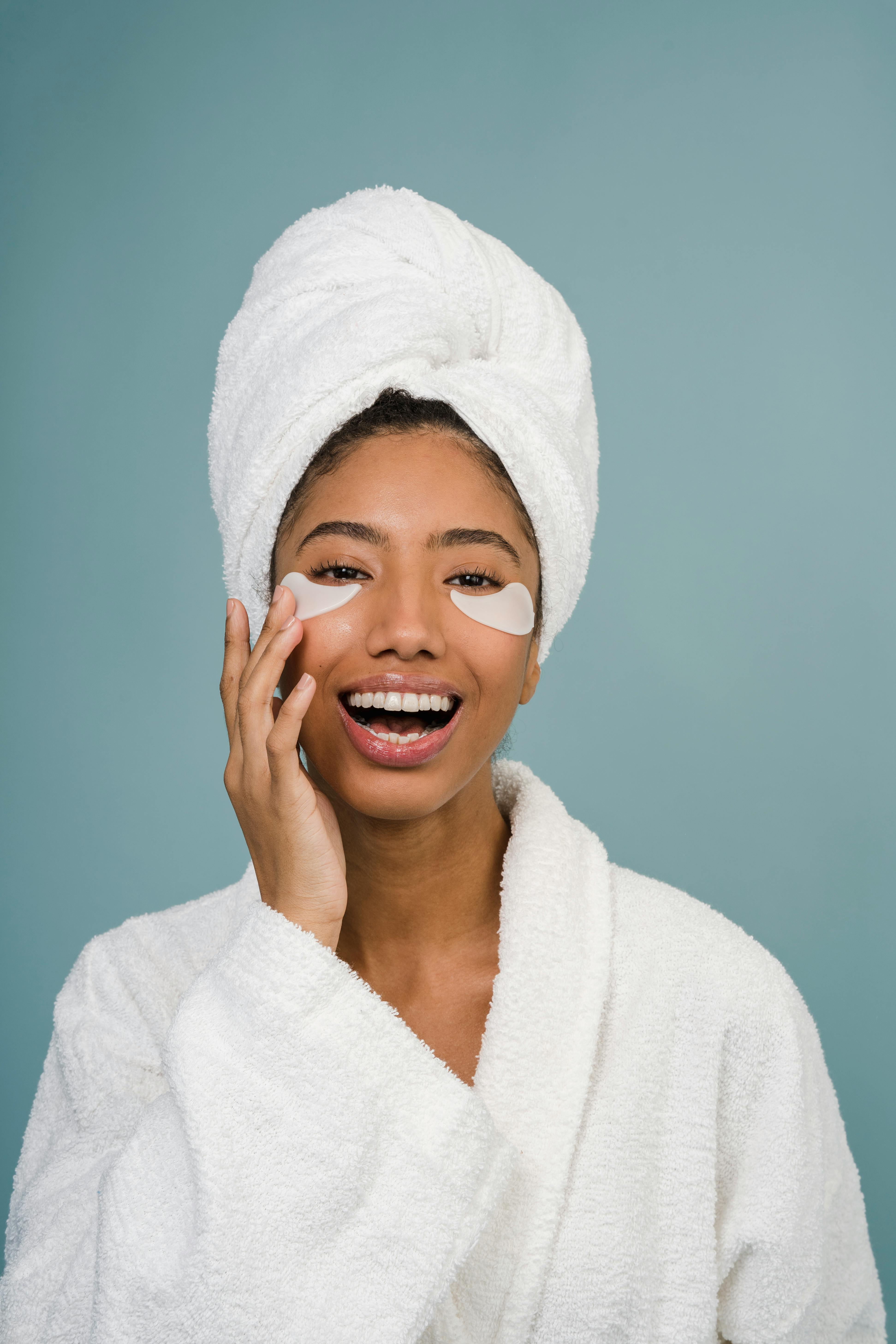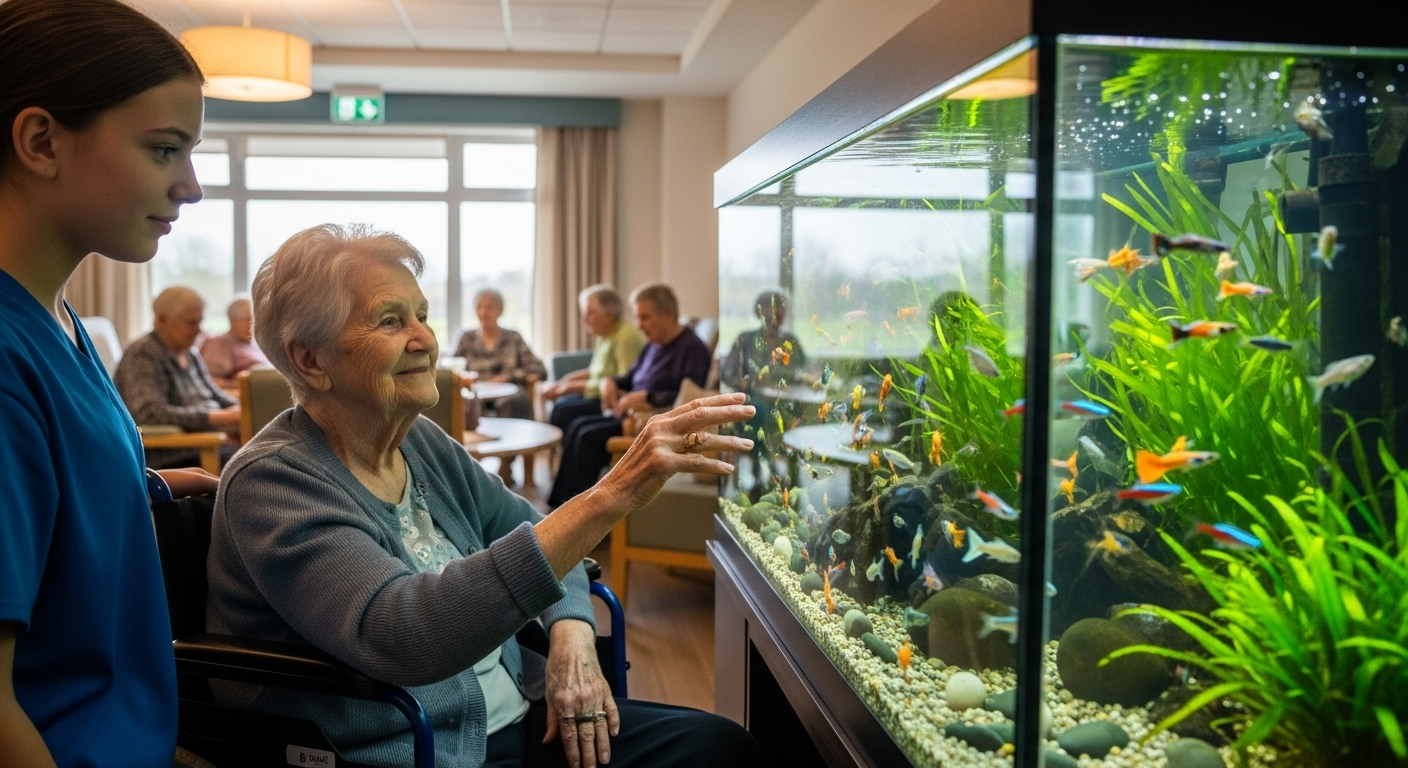Unraveling the Science Behind Eye Bags: Causes, Prevention, and Treatment
Eye bags, those often unwanted reminders of late-night Netflix binges or stress-filled weeks, are a common cosmetic concern for many individuals. These puffiness or swelling under the eyes can age your appearance and make you look more tired than you actually are. This article delves into the science behind eye bags, exploring their causes, prevention methods, and treatment options. We also examine the historical context and current relevance of this issue, analyze trends and impacts, and provide unique insights that are not widely covered elsewhere.

The Biology of Eye Bags: A Glimpse into the Past
Eye bags have been a beauty concern for centuries, with historical records dating back to ancient Egypt showing attempts to treat puffiness under the eyes. The leading cause of eye bags is aging. Our skin naturally loses elasticity and the muscles supporting your eyelids weaken as we age. Normally, fat that helps support the eyes can then move into the lower eyelids, causing the lids to appear puffy.
Another factor, fluid accumulation in the space below your eyes, can also cause swelling and puffiness. This can be due to several reasons such as changes in weather, hormone levels, or a salty diet. Sleep deprivation, smoking, and allergies are also common culprits behind those puffy under-eye circles.
Eye Bags in the Modern World: A Reflection of Lifestyle
In today’s fast-paced, high-stress society, eye bags have become even more prevalent. The constant exposure to screens, irregular sleep patterns, and unhealthy diets prevalent in our modern lifestyle have all contributed to an increase in this cosmetic concern. Recent surveys indicate that a considerable percentage of adults report experiencing under-eye bags, making it a common issue that many people seek to address.
The impact of eye bags goes beyond aesthetics. It can affect an individual’s self-esteem and confidence, influencing their social interactions and professional life. This has led to the growth of a multi-billion dollar industry centered around eye care products and treatments.
The Rise of Non-Invasive Treatments: A Trend Towards Accessibility
The treatment of eye bags has evolved significantly over the years. In the past, invasive surgical procedures were the only option. However, technological advancements have paved the way for non-invasive treatments that are safer, more affordable, and accessible.
Some of the popular non-invasive treatments include topical creams and serums infused with ingredients like caffeine, retinol, and hyaluronic acid that help to tighten the skin and reduce puffiness. Laser treatments, chemical peels, and filler injections are other options that have gained popularity in recent years.
DIY and Natural Remedies: A Return to the Roots
Parallel to the rise of non-invasive treatments, there has been a resurgence of interest in DIY and natural remedies for eye bags. This trend can be attributed to the increasing awareness about the potential harmful effects of chemicals in skincare products and the desire for more sustainable and affordable alternatives.
Cucumber slices, cold tea bags, and chilled spoons are some of the commonly used DIY remedies. These methods work by reducing inflammation and tightening the skin around the eyes. Essential oils like lavender and chamomile are also popular for their soothing and anti-inflammatory properties.
Prevention is Better Than Cure: Lifestyle Changes for Healthier Skin
Preventing the formation of eye bags is often more effective than treating them. This involves adopting healthy lifestyle habits such as getting adequate sleep, staying hydrated, maintaining a balanced diet, and avoiding smoking. Regular exercise and skincare routines that include proper cleansing, moisturizing, and sun protection can significantly improve the health and appearance of your skin.
In conclusion, while eye bags are a common issue, understanding their causes and adopting preventive measures can go a long way in managing them. Non-invasive treatments and natural remedies offer safer and more accessible solutions. However, it is essential to remember that everyone’s skin is unique, and what works for one person may not work for another. It is always best to consult a dermatologist or skincare professional before starting any new treatment or skincare regimen.




